Cosmopolitan reports on World Emoji Day that Gen Z is increasingly ditching the thumbs-up emoji.
While it was once considered a friendly, agreeable gesture to older generations, to Gen Z, this symbol feels cold, passive, or dismissive.
According to Cosmopolitan , many Gen Zers feel that the like sign shows a lack of effort in responding, as if the sender just wants to end the conversation quickly without saying goodbye or responding properly.
Generational differences in digital language
Experts warn that generational differences in the way emojis are interpreted can lead to misunderstandings, especially in the workplace, where texting is increasingly common between colleagues and superiors.
In 2024, Mail Online reported that Gen Z was avoiding not only the like button but also the "tears of laughter" emoji - once a globally popular symbol.
According to Keith Broni, editor-in-chief of Emojipedia, it's important to consider your audience before sending an emoji, just like choosing the right words in communication.
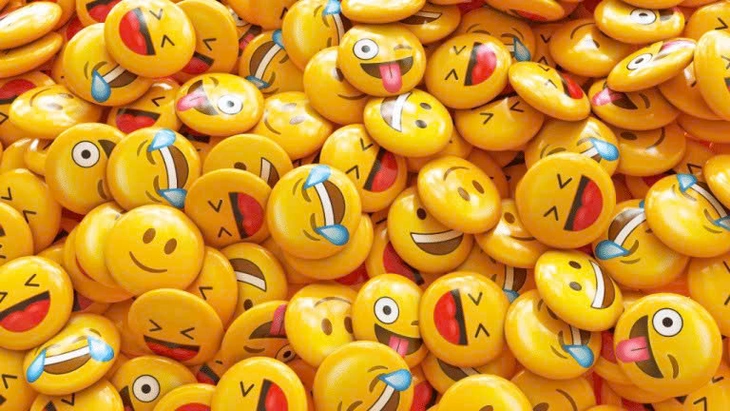
Not only does Gen Z hate the like sign, they also hate the crying laughing emoji - Photo: National Day Calender
"The younger generation sees the like as a passive, unemotional response. They also find the smiley face emoji awkward, insincere, and somewhat fake," he said.
Instead of the like button, Gen Z prefers warm and cute symbols such as colorful hearts and sparkling symbols to express emotions in a more gentle, friendly and flexible way.
According to NDTV , the debate surrounding Gen Z's like mark not only reflects a change in taste but also highlights the communication gap between generations.
Some experts even recommend using direct feedback like, “Sounds good!” or “Thanks, I got it!” instead of just sending a like to avoid misunderstandings and ensure clarity in communication.
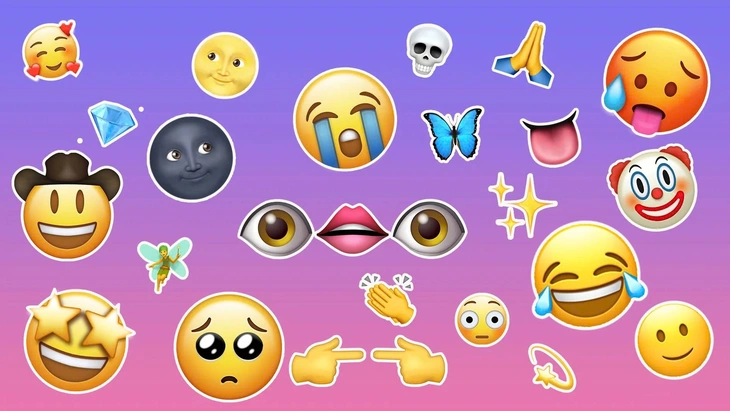
Some emojis that Gen Z often uses - Photo: Reddit
Where did World Emoji Day come from?
In the digital age, emojis, or emoticons, have become an integral part of everyday communication. Whether you use Instagram, Facebook, TikTok, or any other platform, these little icons have the power to convey emotions beyond language barriers.
From joy, sadness to excitement or anger, all can be expressed through a simple symbol. Therefore, to honor this great role, World Emoji Day is held annually on July 17.
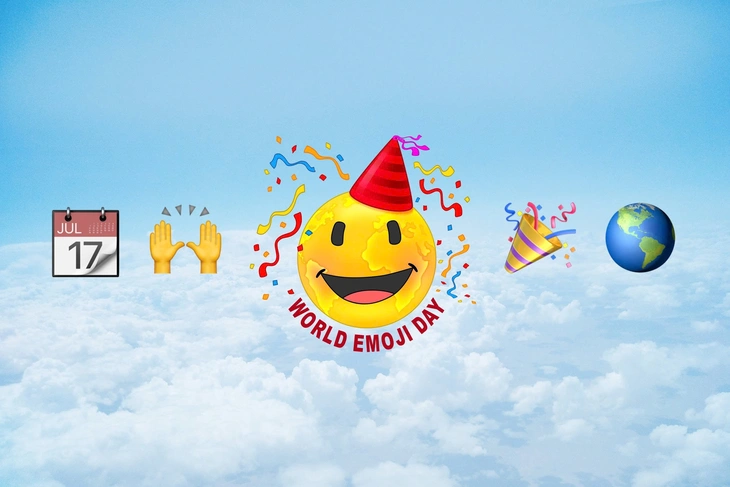
World Emoji Day celebrates the huge role of small icons in today's world - Photo: World Emoji Day
The day was created by Jeremy Burge, founder of Emojipedia, as a way to celebrate the small but influential icons of today. Interestingly, July 17 was chosen because it is the date displayed on the calendar emoji icon on most platforms.
The evolution of emojis began in the 1980s, when computer scientist Scott Fahlman proposed using simple symbols like :-) and :-( to express emotions in text messages.
By 1999, a Japanese designer created the first set of emojis for a mobile phone company, marking the milestone when emojis officially entered everyday life.
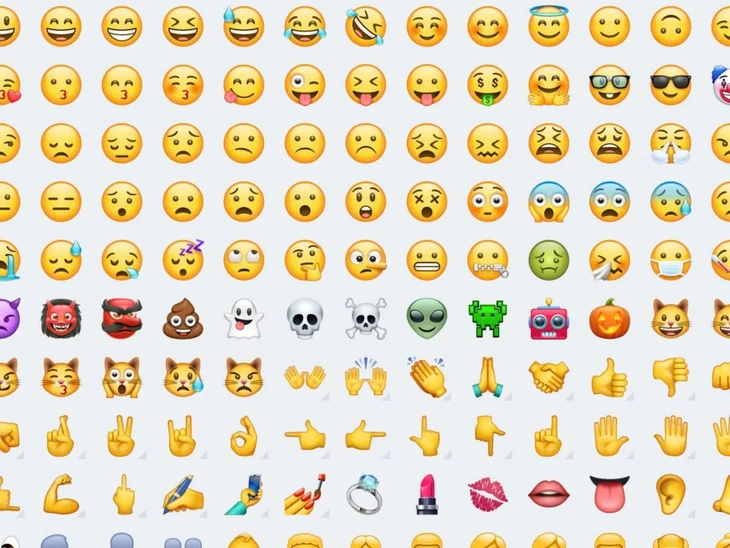
Emoji exploded when Apple integrated the official emoji keyboard into the iOS operating system - Photo: Apple
In 2007, Google's development team submitted a petition to the Unicode Consortium - the non-profit organization that manages the international character encoding standard - requesting that emoji be recognized as part of a global standard.
By 2011, emoji really exploded when Apple integrated an official emoji keyboard into the iOS operating system, making it more accessible to global users.
Since then, emojis have continued to evolve and diversify across a range of topics: people, cultures, skin colors, genders, family structures... to reflect a more diverse and inclusive world.
Source: https://tuoitre.vn/gen-z-ghet-dau-like-thay-doi-cach-dung-bieu-tuong-cam-cuc-emoji-ra-sao-20250717104330813.htm







![[Photo] Cutting hills to make way for people to travel on route 14E that suffered landslides](https://vphoto.vietnam.vn/thumb/1200x675/vietnam/resource/IMAGE/2025/11/08/1762599969318_ndo_br_thiet-ke-chua-co-ten-2025-11-08t154639923-png.webp)


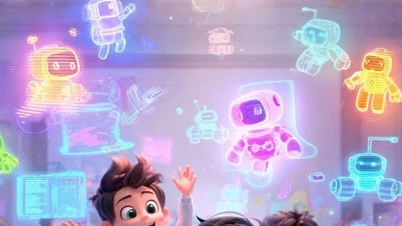





























![[Photo] "Ship graveyard" on Xuan Dai Bay](https://vphoto.vietnam.vn/thumb/1200x675/vietnam/resource/IMAGE/2025/11/08/1762577162805_ndo_br_tb5-jpg.webp)




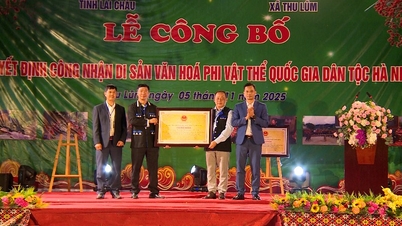


![[Video] Hue Monuments reopen to welcome visitors](https://vphoto.vietnam.vn/thumb/402x226/vietnam/resource/IMAGE/2025/11/05/1762301089171_dung01-05-43-09still013-jpg.webp)


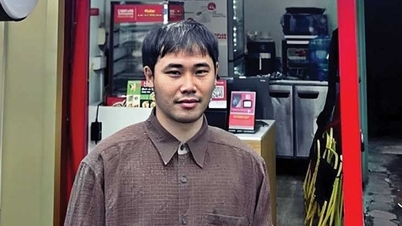







































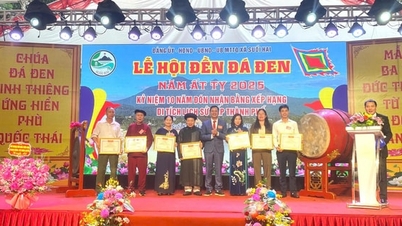
















Comment (0)